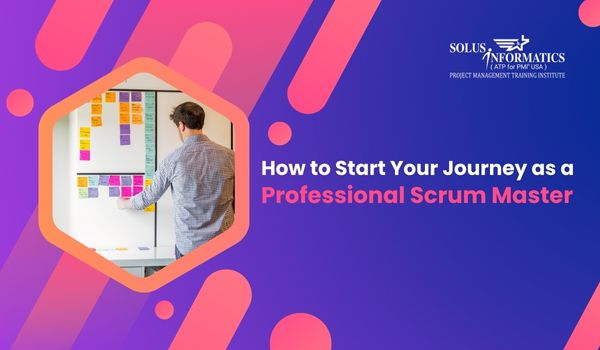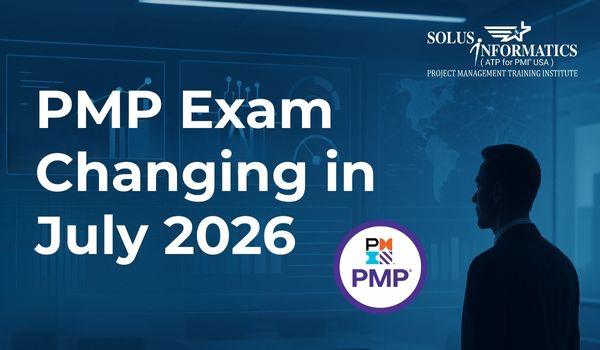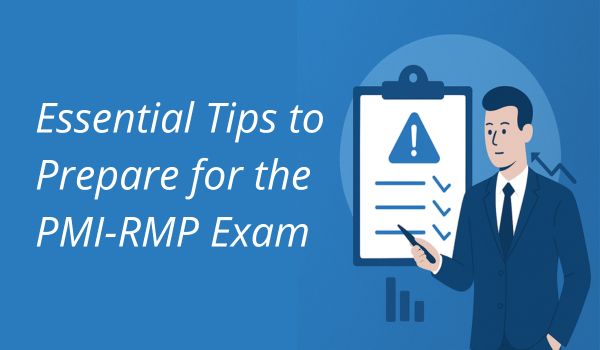In today’s fast-paced business world, organizations strive for agility, efficiency, and continuous improvement. One of the most sought-after roles in agile project management is that of a Professional Scrum Master (PSM). A Scrum Master plays a crucial role in helping teams adopt and implement the Scrum framework, ensuring smooth workflows and fostering a culture of collaboration. If you’re looking to become a Scrum Master, this guide will help you navigate your journey step by step.
Step 1: Understand the Role of a Scrum Master
Before diving into the certification and training, it’s essential to understand what a Scrum Master does. The key responsibilities of a ScrBefore diving into the certification and training, it’s essential to understand what a Scrum Master does. The key responsibilities of a Scrum Master include:
- Facilitating Scrum events (Daily Stand-ups, Sprint Planning, Sprint Review, and Sprint Retrospective)
- Removing impediments that hinder the progress of the Scrum team
- Coaching the team on Agile and Scrum principles
- Ensuring collaboration between Product Owners, Developers, and stakeholders
- Promoting continuous improvement within the team
A Scrum Master is not a project manager but rather a servant leader who ensures that the team follows Scrum best practices effectively.
Step 2: Gain Foundational Knowledge of Scrum
To become a successful Scrum Master, you need to master the Scrum framework and understand Agile methodologies. Start by reading the following foundational resources:
- The Scrum Guide by Ken Schwaber and Jeff Sutherland (the official Scrum handbook)
- Scrum: The Art of Doing Twice the Work in Half the Time” by Jeff Sutherland
- Essential Scrum” by Kenneth S. Rubin
- Online blogs and forums (Scrum.org, Agile Alliance, etc.)
Step 3: Choose the Right Scrum Master Certification
Earning a certification will boost your credibility and demonstrate your expertise. Some of the most recognized Scrum Master certifications include:
- Professional Scrum Master (PSM) by Scrum.org:
- Levels: PSM I (foundational), PSM II (practical application), PSM III (mastery and organizational impact)
- No mandatory training required
- Highly respected in the industry
- Certified ScrumMaster (CSM) by Scrum Alliance:
- Requires a 2-day training course before taking the exam
- Entry-level certification, good for beginners
- SAFe Scrum Master (SSM) by Scaled Agile:
- Focuses on applying Scrum in large enterprises
- Useful if you’re working in a scaled agile environment
Choose a certification that aligns with your career goals and budget, as exam fees and training costs may vary.
Exam Preparation Strategies:
- Take the Scrum.org Open Assessments: These free assessments provide a good indication of your readiness for the PSM I exam.
- Study the Scrum Guide Thoroughly: The Scrum Guide is the primary source of information for the PSM exams. Understand the underlying principles and values, not just the rules.
- Participate in Online Forums and Study Groups: Engaging with other aspiring Scrum Masters can help you clarify concepts and learn from others’ experiences.
- Focus on Understanding the ‘Why’ Behind Scrum: The PSM exams emphasize understanding the reasoning behind the Scrum framework, not just memorizing facts.
Step 4: Get Hands-on Experience
Certifications are valuable, but practical experience is equally important. You can gain experience in several ways:
- Join an Agile team in your current organization and observe how Scrum is implemented
- Volunteer as a Scrum Master for a small project within your company
- Participate in Scrum simulations and workshops
- Contribute to open-source Agile projects
- Real-world exposure will help you develop problem-solving skills and a deeper understanding of team dynamics.
Step 5: Develop Soft Skills
A Scrum Master is a leader, facilitator, and mentor. Along with technical knowledge, you need to cultivate essential soft skills such as:
- Effective communication – Clearly convey ideas, resolve conflicts, and collaborate with stakeholders
- Servant leadership – Prioritize team success over personal authority
- Empathy – Understand team challenges and motivations
- Problem-solving – Address roadblocks and continuously improve team performance
- Adaptability – Respond to change and foster a growth mindset
Step 6: Stay Updated and Continue Learning
Agile methodologies and Scrum practices evolve constantly, so staying updated is crucial. Here’s how you can keep learning:
- Attend Agile conferences and meetups (Scrum.org events, Agile Alliance conferences, etc.)
- Join online communities (LinkedIn groups, Agile forums, etc.)
- Enroll in advanced training (PSM II, SAFe Agile courses, etc.)
- Follow Agile thought leaders (Jeff Sutherland, Ken Schwaber, Mike Cohn)
- Continuous learning will keep you ahead in your career and help you refine your Scrum Master skills.
- Understand other Agile frameworks such as Kanban.
- Understand the roles of the product owner and developers.
Becoming a Professional Scrum Master is a rewarding career path that requires a mix of knowledge, certification, experience, and soft skills. By following these steps, you can successfully start and grow in this dynamic role. Keep learning, stay engaged in the Agile community, and always strive for continuous improvement.
Are you ready to embark on your Scrum Master journey? Start today, and you’ll soon become an indispensable Agile leader!





Leave a Reply